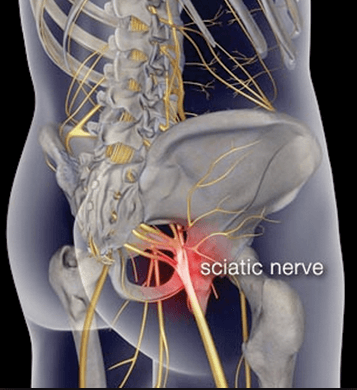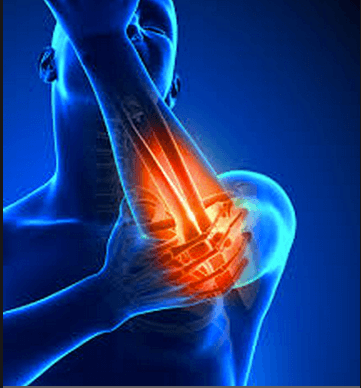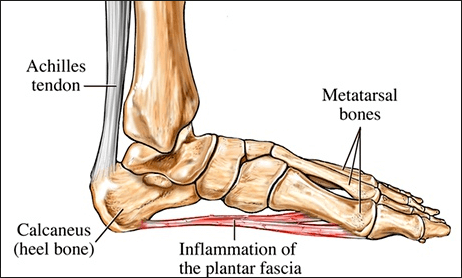NeuroKinetic Therapy (NKT) is an advanced diagnostic tool and treatment approach to the body.
Through the use of manual muscle testing, NKT detects compensation patterns in the body and discovers which muscle groups are firing properly and which ones are not.
When we have muscle groups or muscle fibers that are not firing properly, other parts of the body grip to compensate. Although this is the body’s response to maintain functionality, it soon leads to tight muscles, joints, fascia, and eventually pain. NeuroKinetic Therapy assess and treats this.
All the movement patterns we do are stored in the motor control center of the brain. The motor control center is located in the cerebellum. Studies have shown that the motor control center learns through failure. When a muscle tests weak or inhibited, the motor control center lights up and takes note. NeuroKinetic Therapy determines why that particular muscle is testing inhibited and what is causing it to do so. Once corrected, a new neural pathway has been formed and the brain is now learning a healthier, more correct way to move.
At the end of every NKT session, specific exercises are prescribed to help reinforce the new movement pattern. These exercises are paramount for the complete healing and removal of discomfort and pain.
Common NKT Conditions Treated
Low back pain, whether acute or chronic
Muscle strains
Neck pain and loss of motion in the neck
Sciatic nerve impingements
Rotator cuff injuries and other shoulder dysfunctions
TMJ
Hip degeneration
Herniated Discs
Knee pain
Tendinitis
Plantar fasciitis
Much more…
Sciatica:
Impingement of the sciatic nerve is a painful and debilitating condition. It becomes difficult to sit, drive a car, and can interrupt sleep. The sciatic nerve is large. Entrapment of it can occur at the nerve root in the spine, the piriformis muscle or one of the other deep rotators of the hip, or the bicep femoris (the main hamstring muscle). Release of the area where the impingement is taking place is imperative for treatment. Then it is important to discover why the impingement occurred and to correct that imbalance so it does not reoccur in the future.


Neck Pain:
Most people have suffered from neck pain at some time in their lives. An odd position during sleep, an awkward motion during sports, movement of a vertebra, or a muscle cramp causes pain. The muscles of the neck can be either inhibited or facilitated: sometimes they can be weak, and at other times they are compensating for weakness elsewhere in the body. The head itself weighs anywhere from 8 to 15 pounds. That’s a lot of weight and a lot of work for the little muscles of the neck to do. NKT detects which muscles are working and which ones are working too much, corrects the compensation patterns, and gives the neck freedom to be pain-free again.
Tennis Elbow (Lateral Epicondylitis):
Tennis elbow is an inflammation of the common extensor tendon in the forearm. This issue can be incredibly painful and last for years. It creates an inability for the hand to grip, sometimes making it difficult even to pick up a cup of coffee. In most lateral epicondylitis cases, the supraspinatus muscle and other important muscles that abduct the arm are inhibited. As a result, the forearm extensors (muscles on the same kinetic chain) try to perform the workload for the shoulder. This wreaks havoc on the elbow, and soon the force load is too much. Tendonitis develops. Through NKT and corrective exercises, this troublesome pathology can be removed, restoring a pain-free range of motion.


Plantar Fasciitis:
Plantar fasciitis is an inflammation of the plantar fascia of the foot. This pathology makes it difficult to walk without pain. Symptoms are often worse in the morning. Treatments can involve wearing a boot to sleep, using crutches, cortisone shots, and deep tissue bodywork. Although all can be useful, none address the root issue. In most plantar fasciitis cases, the calf, plantar fascia, and intrinsic muscles of the sole of the foot spasm and clench due to an inhibition of the gluteus maximus. Located in the center of the body, the gluteus maximus needs to be strong to create stability for both the torso and the legs. If it is not functioning properly, the lower leg will often compensate causing the area beneath the knee to tighten. When this exceeds an acceptable level for the body, the plantar fascia will grip, and plantar fasciitis ensues. Treatment of plantar fasciitis often involves detecting this compensation and leading the glutes and other muscles of the leg to fire properly again. The plantar fascia and foot muscles can then relax and begin their course of healing.
When we get injured, the body compensates. Muscles lose optimal function and the joints don’t attain their full range of motion. These dysfunctions must be assessed and addressed before someone returns to their sport.
– Jory Serota, LMT, NKT, AYI
“Outstanding Practitioner”
Jory Serota is an outstanding practitioner of NeuroKinetic Therapy. He combines his knowledge of yoga therapy along with the neurobiomechanics of NKT to help produce long-lasting changes in dysfunctional movement patterns. Jory has earned my confidence and respect as a professional.
“I feel so grateful to have found him…”
Jory is the best therapist I have found on the tour. No matter what my ailment has been he has been able to find a solution and get me back on the court. He has helped my back, serving shoulder and hips countless times. And once, in only 5 days, I was serving 7 miles an hour faster than I had been. You can only imagine what that meant for my game! Jory is passionate about what he does and I feel so grateful to have found him.
